Advertisement|Remove ads.
Is Nvidia’s Lone Bear Vindicated? Seaport Analyst Slams ‘Circular Deals’ And Says It’s Getting Harder To Generate, Pay For, Finance Demand
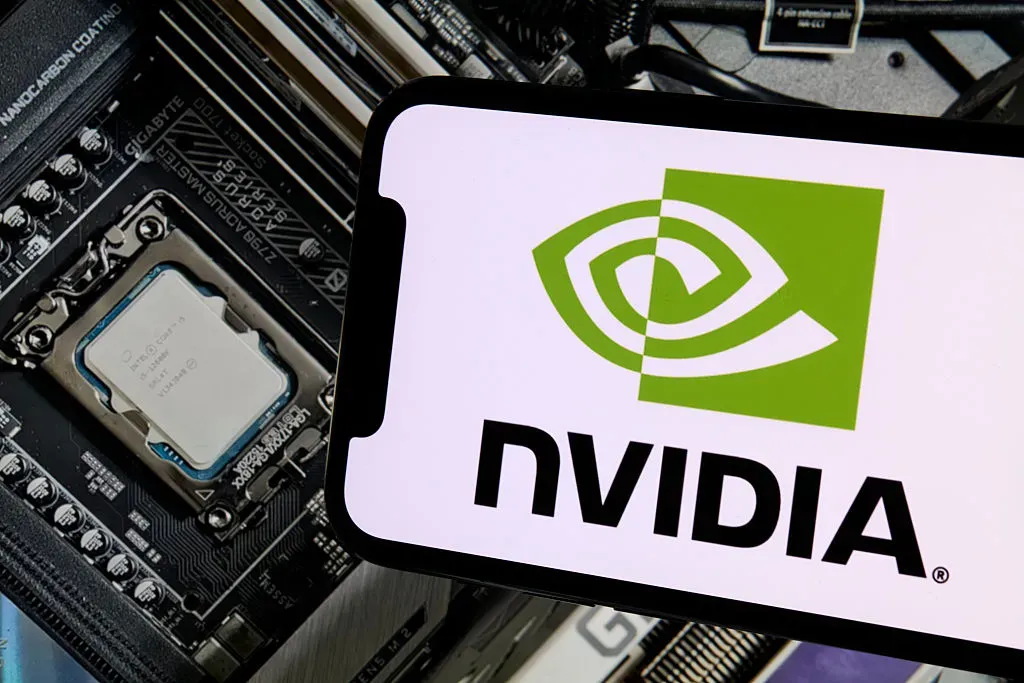
- Seaport’s Goldberg is uneasy about Nvidia’s overreliance on OpenAI, especially as the AI startup is burning a lot of cash.
- He is also apprehensive about how long customers can keep spending billions on Nvidia chips.
- The firm has an ‘Underperform’ rating and $140 price target for Nvidia stock.
Nvidia’s stock experienced a wild swing on Thursday as predicted by the options market, with the market capitalization rising to $4.76 trillion at the intraday peak and then falling to $4.39 trillion by the close.
Questions about Nvidia’s third-quarter results could vindicate Seaport’s Jay Goldberg, the lone Nvidia bear on Wall Street. While appearing on a podcast hosted by Information on Thursday, Goldberg reaffirmed his bearish case.
Goldberg has an ‘Underperform’ rating and $140 price target for Nvidia stock.
Circular Deals Can’t Go On Forever
Delving into the demand outlook for the Jensen Huang-led company, Goldberg said, “I think there are signs right now and a growing number of signs that it's getting harder and harder to generate demand, to pay for demand, to finance demand for all the people who want to buy Nvidia chips.
The analyst was referring to the circular deal that allows Nvidia to sell compute capacity to customers and, in turn, extend financing.
Competition Catching Up
Goldberg noted that Nvidia’s AI chip rival AMD was catching up with the frontrunner, developing competitive silicon, and competitive racks, and improving their software that was lagging by years.
On top of that, hyperscalers, which currently source much of their AI chip needs from Nvidia, are designing their own silicon. “If you look at Google TPU, I would argue that you could make a pretty solid case that TPU is a better chip for doing large-scale AI workloads.” “The competition is real and getting better.”
Customer Risk
Goldberg sees a significant portion of OpenAI’s needs being met by Microsoft and Oracle. “It's a really narrow base. It's like four or five companies are holding the whole thing up.” While acknowledging OpenAI technology’s superiority, the Seaport said, “Let's not forget, they are essentially a startup, and they're burning a lot of cash, and they have these big plans to, you know, to spend a trillion dollars in the next five years.”
“How much of Nvidia's long-term outlook has open AI baked into it? It's a pretty big number….I don't know how reliable that is.”
While speaking to Axios, Goldberg gave credit to Nvidia for the quarter and the fairly positive guidance but did not think the outlook was strong enough for investors to forget the tech headwinds. He is also apprehensive about how long customers can keep spending billions on Nvidia chips.
For updates and corrections, email newsroom[at]stocktwits[dot]com.



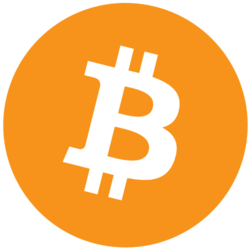
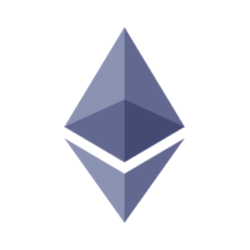




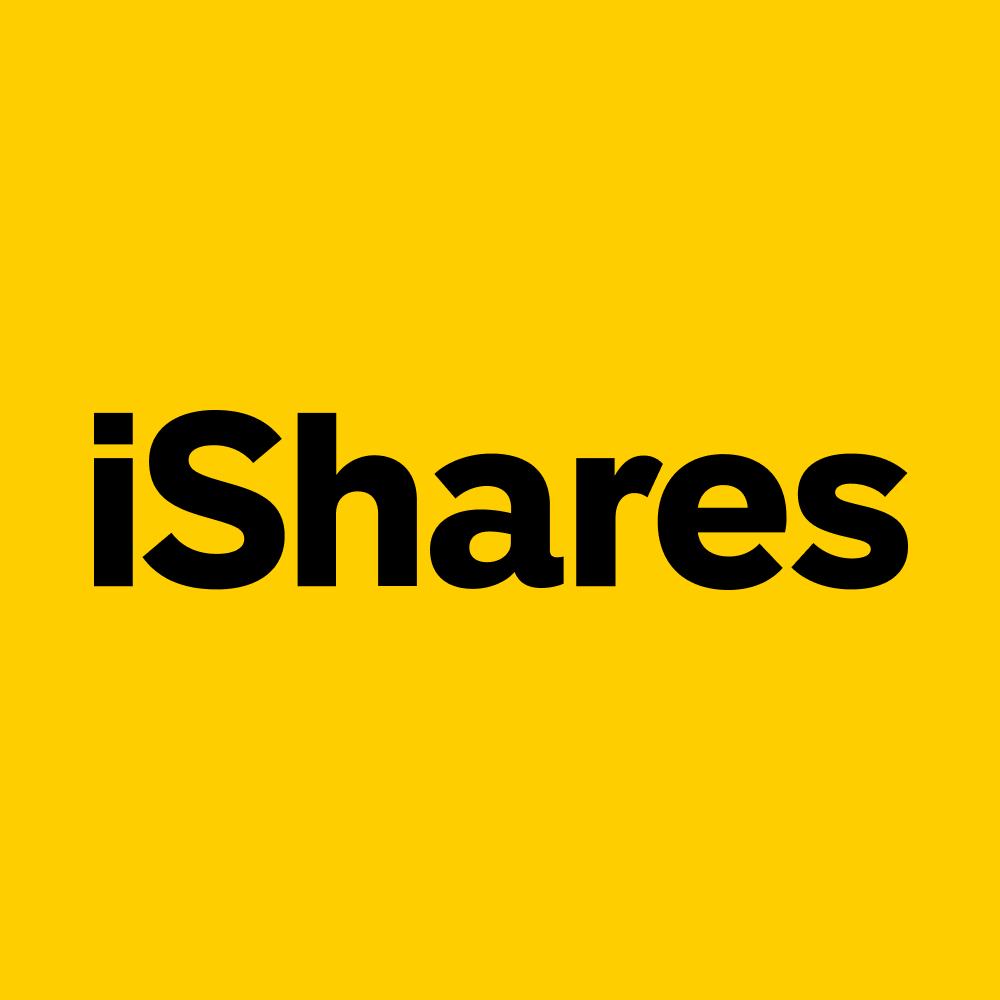


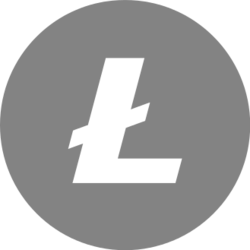

/filters:format(webp)https://news.stocktwits-cdn.com/large_Getty_Images_1231864521_jpg_4943d3f608.webp)
/filters:format(webp)https://st-everywhere-cms-prod.s3.us-east-1.amazonaws.com/Sourasis_Bose_Author_Image_939f0c5061.jpg)
/filters:format(webp)https://news.stocktwits-cdn.com/Getty_Images_2245685477_jpg_ce08eb96cb.webp)
/filters:format(webp)https://st-everywhere-cms-prod.s3.us-east-1.amazonaws.com/shanthi_v2_compressed_98c13b83cf.png)
/filters:format(webp)https://news.stocktwits-cdn.com/large_opendoor_OG_jpg_55300f4def.webp)
/filters:format(webp)https://st-everywhere-cms-prod.s3.us-east-1.amazonaws.com/IMG_9209_1_d9c1acde92.jpeg)
/filters:format(webp)https://news.stocktwits-cdn.com/large_Getty_Images_2211638677_jpg_6d639f282d.webp)
/filters:format(webp)https://news.stocktwits-cdn.com/IMG_8805_JPG_6768aaedc3.webp)
/filters:format(webp)https://news.stocktwits-cdn.com/large_Getty_Images_2246346294_jpg_c6023cec37.webp)
/filters:format(webp)https://images.cnbctv18.com/uploads/2025/11/2025-10-31t090627z-178816799-rc29ccag8u4l-rtrmadp-3-maruti-suzuki-in-results-2025-11-9618856fde4a76c520fe672987c4f11c.jpg)
/filters:format(webp)https://st-everywhere-cms-prod.s3.us-east-1.amazonaws.com/cnbctv18logo.png)